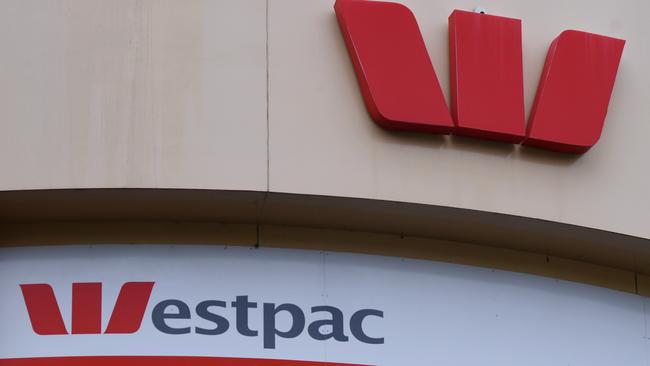Borrowers dump interest-only loans
Westpac recorded a jump in the number of customers shifting to principal-and-interest repayments in the first quarter.

Borrowers continue to flee interest-only loans, with Westpac recording a jump in the number of customers shifting to principal-and-interest repayments in the first quarter.
Westpac, which has the largest investor portfolio of the Australian banks, revealed in its latest quarterly update that borrowers moved $8.63 billion from interest-only to principal-and-interest loans in the three months to December 31. All up, the bank’s customers have shifted $27.25bn to principal and interest since APRA clamped down on risky lending last March.
The burden of higher rates has also resulted in a plunge in the number of interest-only loans being written, revealing the extent of the impact of the prudential regulator’s crackdown on the market.
Westpac, the nation’s second-largest mortgage provider, yesterday said just 22 per cent of new home loans written in the quarter were interest-only, well below the 30 per cent limit imposed by APRA. A year ago, 49 per cent of its new home loans were interest-only. Mortgage lending to investors, meanwhile, grew 5.1 per cent in the three months, Westpac said, well below APRA’s 10 per cent cap.
Interest-only loans, which allow the borrower to avoid paying down any principal, are typically written for five years, at which point the customer either switches to a principal-and-interest loan with higher monthly repayments, or refinances the loan for another interest-only period.
Just under a year ago, APRA imposed new rules limiting the amount of interest-only lending by banks to 30 per cent of new customers. In a bid to soften demand for the loans, which are popular among investors, banks raised rates on interest-only loans while simultaneously lowering rates on principal and interest loans.
Morningstar banking analyst David Ellis said borrowers moving away from interest-only loans would have a limited impact on the bank. “It’s going to have a modest negative impact on margins and it’ll take a little while to flow through. But it’s not going to move the dial as far as Westpac’s bottom-line profitability goes,” Mr Ellis told The Australian.
After five years of rocketing house prices across the east coast, the regulatory crackdown has stalled the property market, most notably in the investor-heavy Sydney market, in which annual price growth plummet from nearly 19 per cent just under a year ago to 1.3 per cent last month.
While there are growing fears the massive run-up in household debt will leave many borrowers in financial distress, Mr Ellis said this scenario is not playing out in Westpac’s latest figures, which show mortgage delinquencies were flat at 0.67 per cent in the quarter.
“There’s no evidence in this trading update of any sign that households are going to default on their debt obligations,” he said. “So this is a very good sign that despite high household debt levels on average, households are keeping up to date with their loan obligations. There’s no indication of financial stress in households from the bank’s perspective.”
Westpac shares closed down 39c, or 1.23 per cent, at $31.31, against a 1.6 per cent fall in the benchmark index.




To join the conversation, please log in. Don't have an account? Register
Join the conversation, you are commenting as Logout